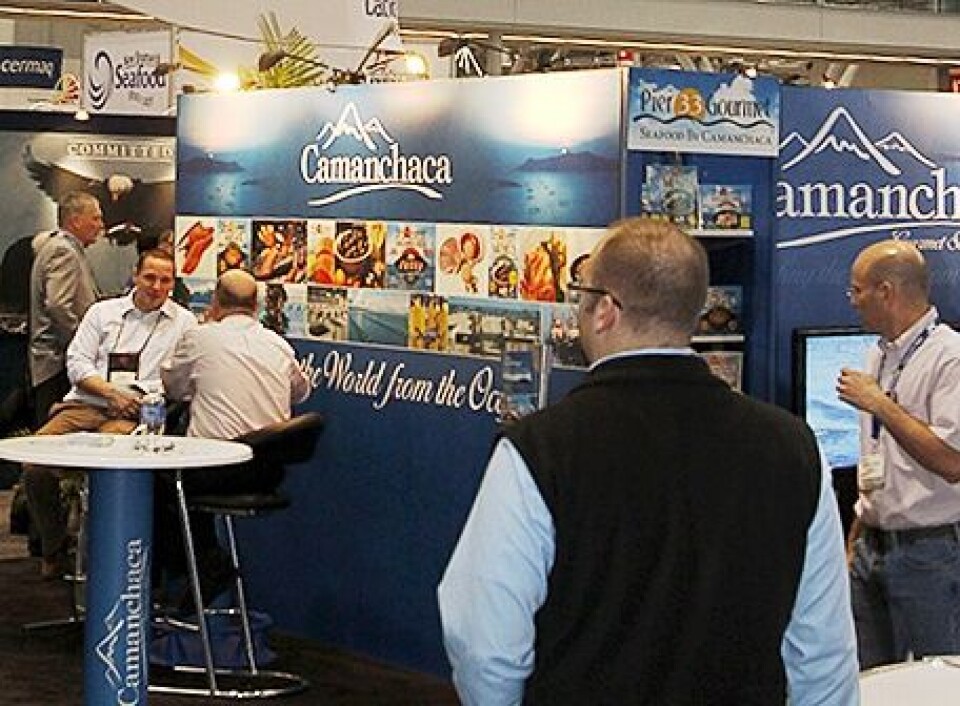
Camanchaca losses near $7 million
Although the Chilean producer succeeded in cutting its production costs by 12 per cent in 2015, a 20% reduction in salmon prices led to losses of almost $7m in the year.
Salmon prices were 20.6 per cent (US$ 1.1 per kg WFE) lower in 2015 compared to the previous year, according to Camanchaca. This reduction led to a 5.6 per cent decrease in income - to a total US$ 263 million - leading to losses of US$ 6.8 million.
This price drop was a consequence of lower salmon demand due to depreciation against the US dollar in almost all currencies of those countries where Chilean salmon is exported. In addition, there was a strong supply pressure on the US market, due to increased supplies coming from Norway and Canada, the company revealed in its latest quarterly report.
To counteract these currency trends, Camanchaca has concentrated efforts in other markets, such as Russia and China, seeking to optimize returns from its raw material. From December 2015 there has been a significant rise in salmon prices -with the Urner Barry index up 33%. The company expects this recent rise to be expressed more clearly in Q2 2016.
On the other hand, Camanchaca highlights that the negative market scenario was partially offset by normal sanitary conditions and reduced production costs, with a 12% decrease in the ex-cage cost, from US$ 3.41 per kg in 2014 to US$ 3.01 per kg in 2015. “Some farms were even harvested at cost levels of US$ 2.8 per kg in the second half of 2015,” said the company, adding that these improvements have been the result of a proper selection of the portfolio of aquaculture licences; improved sanitary coordination between neighbours; use of more effective treatments and medical devices; and smaller biomasses in sensitive ecosystems such as northern Aysén.
Finally, the company reported increased physical production and sales volumes, with Atlantic salmon harvests increasing 10 per cent in 2015 compared to 2014, up to 43,330 tonnes WFE, while the sold volume grew 14.6 per cent, up to 42,195 tonnes WFE.























































